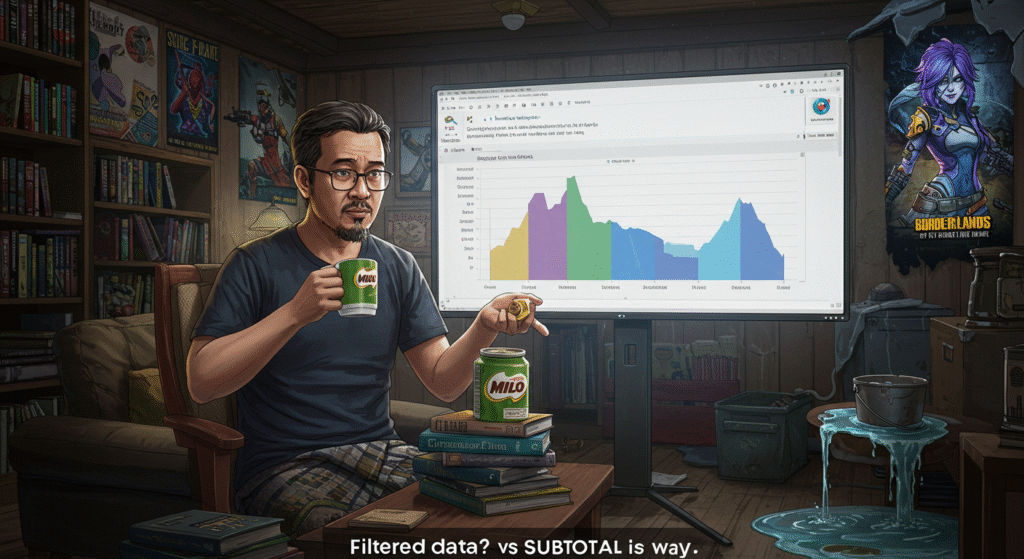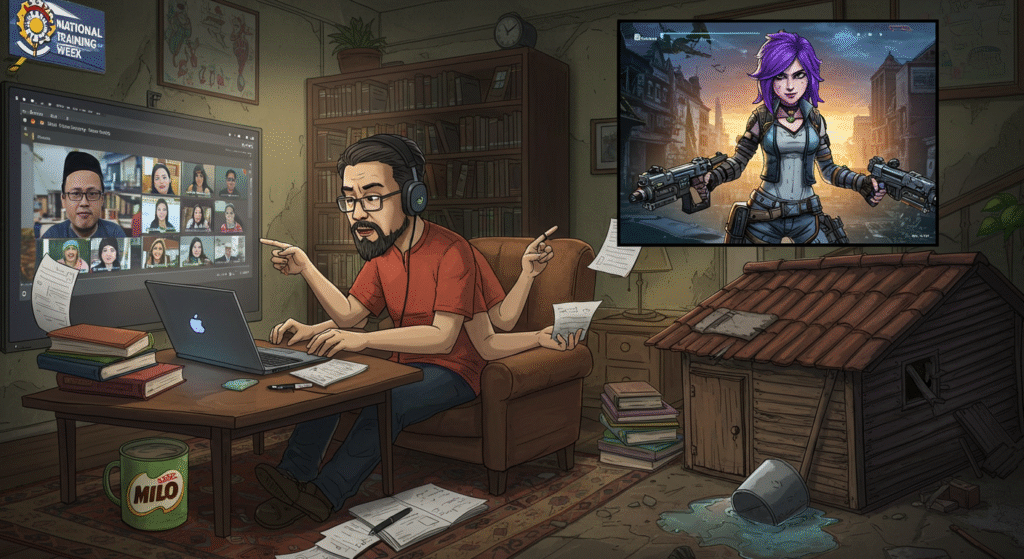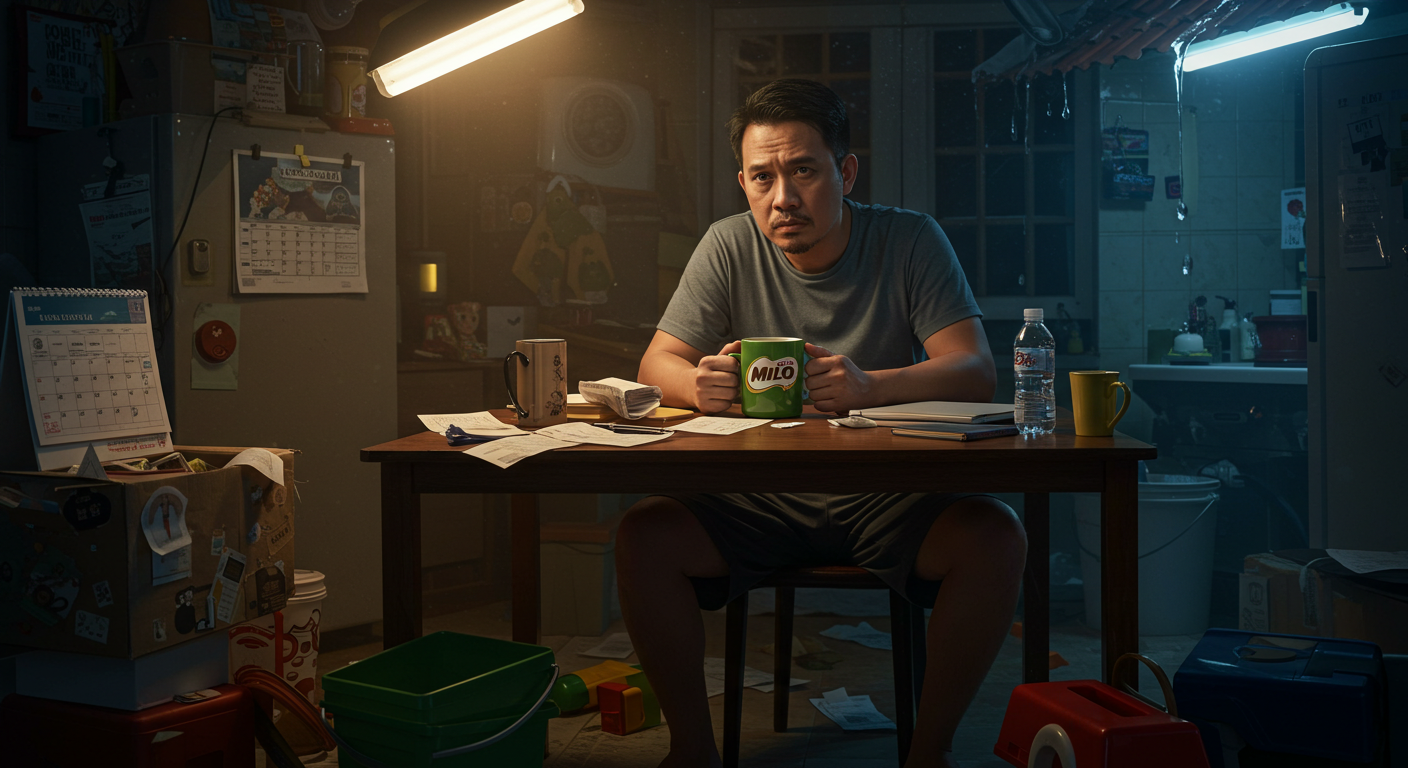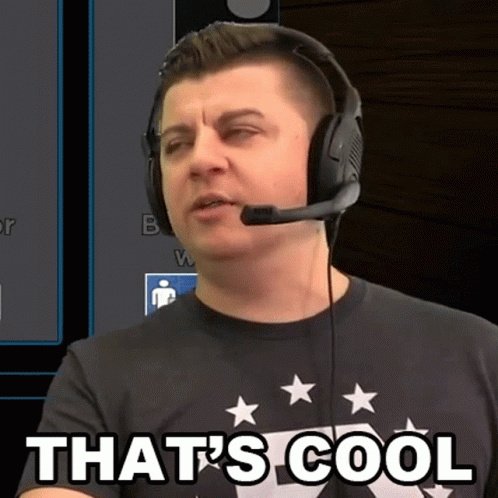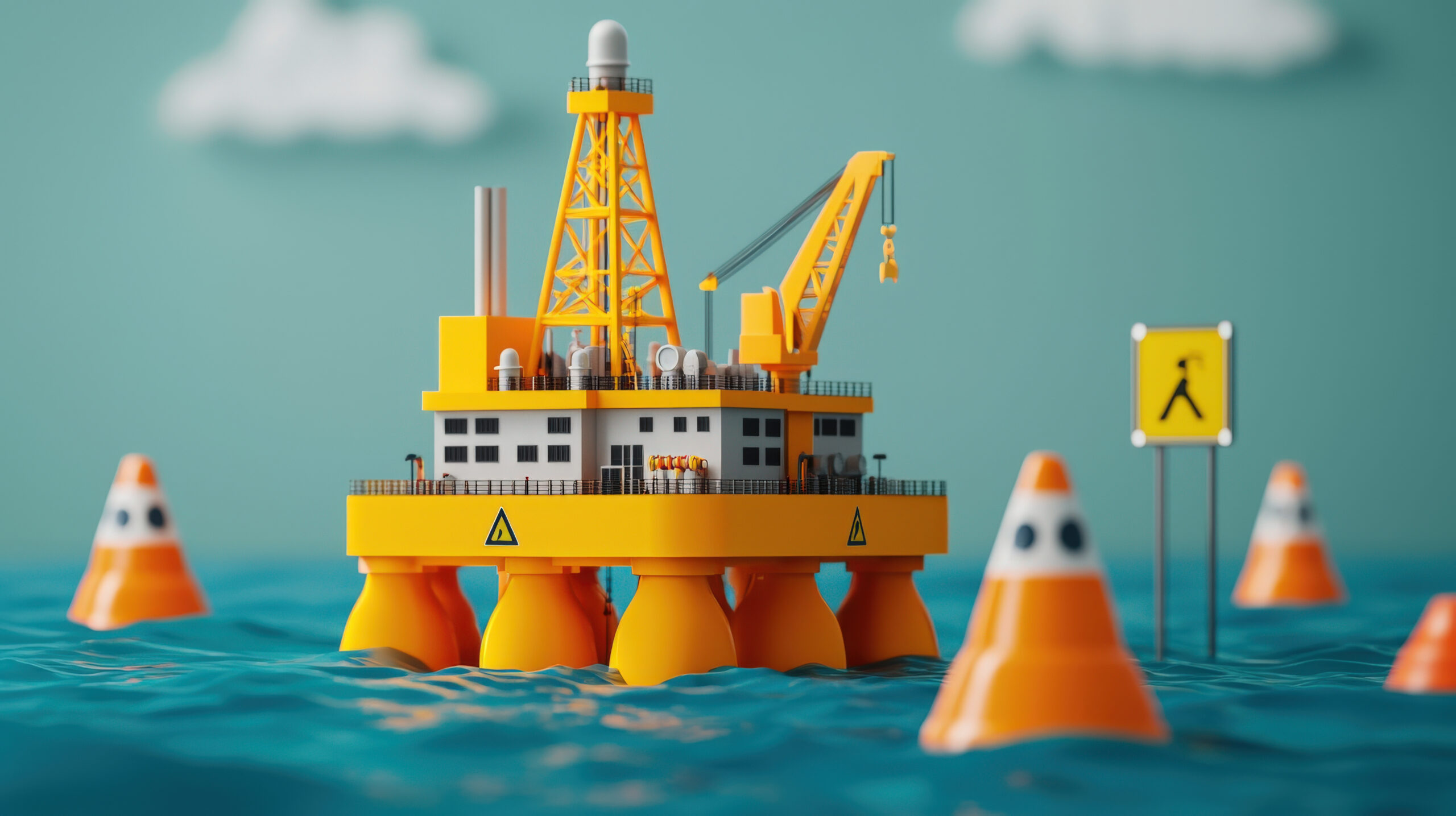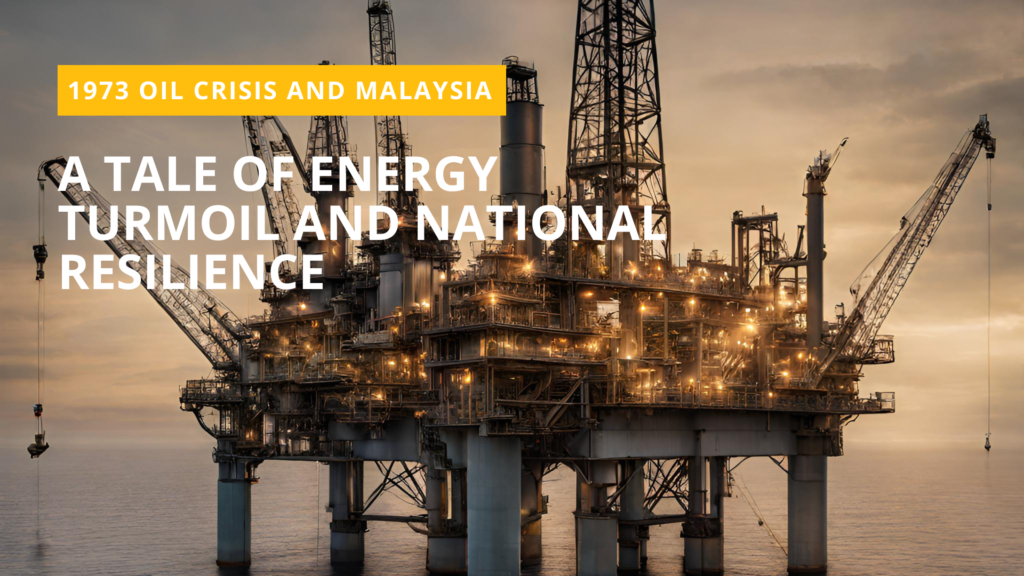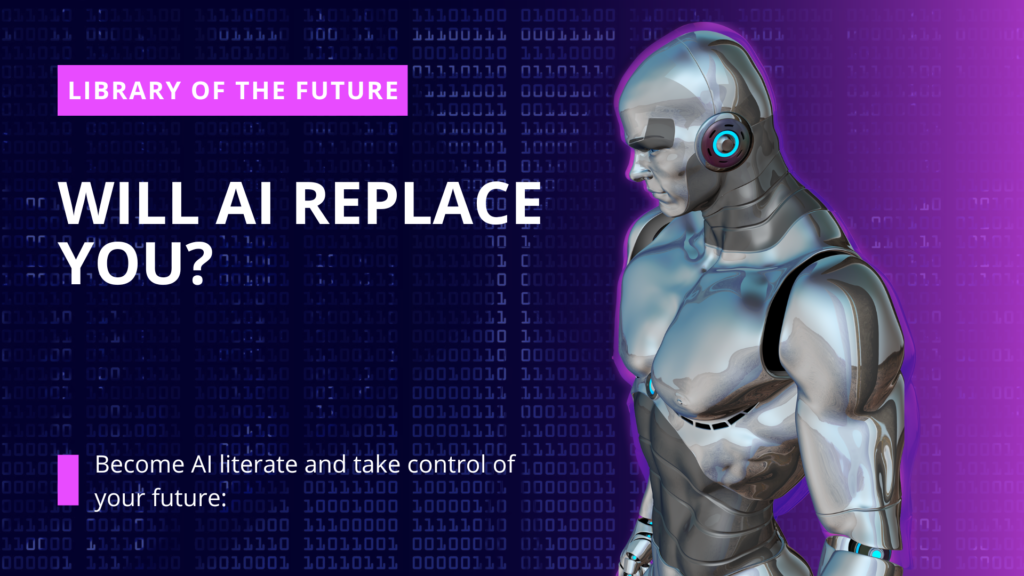Few days ago, as I attended one of the prestigious conference for information professionals or in other words, Librarians, the CONSAL XIX (2025). This event was made even prestigious with the arrival of Malaysia’s 10th Prime Minister to give his words…. katanya “morning lecture” – boleh refer sini untuk Text Ucapaan YAB Perdana Menteri Dato’ Seri Anwar Ibrahim, Perdana Menteri Malaysia ke-10, sempena ucaptamanya pada majlis tersebut.

Ok. Let us return to the main text of this post.
As a librarian, a gamer (currently lost between Diablo 4 dungeons, the wait for Borderlands 4, and the weird beauty of Lost in Random), and a father navigating homework, and monthly Grab fees, I felt this one deep. And let me tell you, he did not come in with a generic speech. He came in like an endgame Boss (Level: 💀💀💀) dropping wisdom bombs.
Here is my take.
Libraries Are Not Side Quests
PMX said it straight, libraries are not decorative add-ons. They are the main storyline in any nation that wants to stand tall and think big. He spoke of Alexandria and Baitul Hikmah like they were real-life equivalents of knowledge guild halls. Places where people did not just collect scrolls — they built worlds.
Librarians Are Not Just Bookkeepers
According to PMX, we should not just be stamping books and sorting Dewey decimals. Librarians should be creators of curiosity. The Architects of thought as he shared a story of a librarian who faxed him book reviews late at night. Gitulah, kami mmg suka buat orang suka dan gembira. Melampau ke? Pada orang lain, mungkin namun itulah dia kind of passion that keeps the light on when the world is too tired to read.
Books Are Magic Spells That Still Work
Quoting Carl Sagan, PMX reminded us that books allow you to enter the mind of someone who has been gone for thousands of years.
“A book is proof that humans are capable of working magic. A book is a flat object made from a tree, with flexible parts on which are imprinted lots of funny dark squiggles. But one glance at it and you’re inside the mind of another person, maybe somebody dead for thousands of years. Across the millennia, an author is speaking, clearly and silently, inside your head, directly to you. Writing is perhaps the greatest of human inventions, binding together people who never knew each other, citizens of distant epochs.”
Dalam speech dia, tak la dia amik bulat2 kata si Carl Sagan ni, aku pon tak tahu pasal dia hinggalah pada saat mendengar ucapannya. So aku buat la sedikit research untuk lebih tahu akan Carl Sagan ni. Seorang ahli astronomi, astrofizik, penulis, dan penyampai ilmu sains dari Amerika yang terkenal kerana berjaya mendekatkan konsep alam semesta kepada orang ramai dengan cara yang puitis. (kira banyak membaca juga PM kita ni)
Think about that. That is more powerful than any portal gun or corrupted rune. That is real time travel (tapi kena mau ada daya imiginasi yg power la) with no loading screen.
We Need to Buff Our Reading Culture
PMX called it out. People skim headlines, read two tweets, and suddenly everyone is an expert. This is not sustainable. (Macam expert dekat Social Media tu, setiap event mesti ada pakar). Without reading, we do not get democracy. We do not get critical thinking. We get noise. And rage. And conspiracy theory uncles in WhatsApp groups, TikTok (aku shaking ni….), Facebook dan pelbagai.
Digital Is Cool. But Use It With Intention
He is not against tech. He supports digital libraries, mobile access, even podcasts. But he warns, tech should not replace depth. In Borderlands, you can get a new weapon. But unless you understand how to use it, mod it, and build around it — it is just clutter.
Same goes for digital tools. Do not just chase trends. Use what helps you think deeper.
Library itu entiti yg hidup dan haruslah dianggap begitu selamanya
PMX had a simple request: stop wrapping books in plastic and locking them away. Books are not artifacts. They are living ideas. They should be touched, read, argued over. If your library is just a quiet place with air conditioning, you are doing it wrong.
Ini kita boleh lihat dekat beberapa sekolah yg tidaklah perlu saya namakan di sini. Buku itu perhiasaan dan bahan pameran. Buku jika serupa belacan adalah buku yg bagus.
Final Word: We Are the Keepers of Lore
PMX closed by reminding us that libraries are ecosystems of culture and connection. They are where thinking happens, not just storing.
And librarians? We are more than shelf guards.
We are lorekeepers. Quest givers. Map readers. Sometimes clerics. Sometimes tanks. Always there to help someone level up, quietly, persistently.
So the next time someone says “Library? Got Google what…”
Remind them:
Even in Diablo, you need scrolls.
Even in Borderlands, lore matters.
And in real life? Books still save people.
One page at a time.
